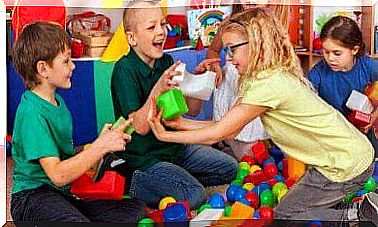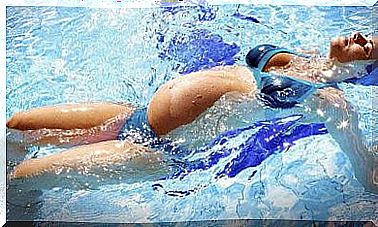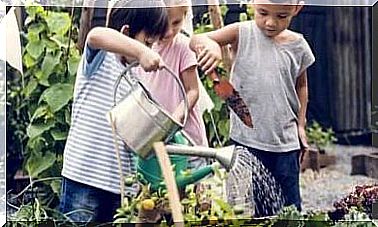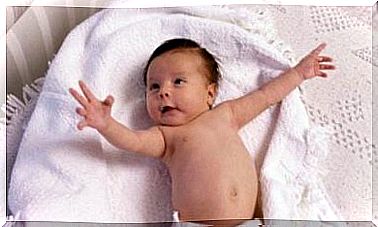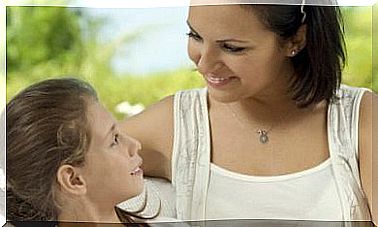When Can You Teach Your Child To Drink From A Cup?
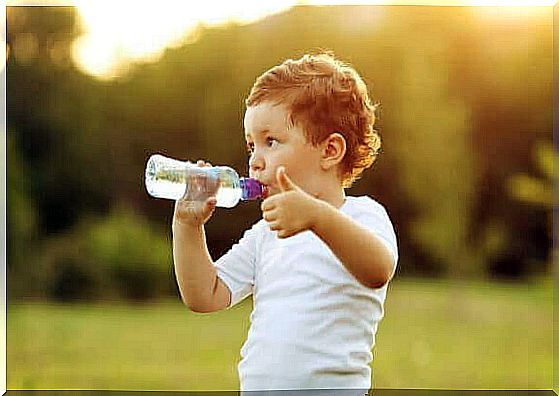
Babies constantly take on what are great challenges for them, such as learning to walk or drink from a cup. Leaving breastfeeding and the baby bottle behind and drinking from a cup is a psychological, motor and emotional process, even if it only lasts a few minutes a day.
Babies learn to say goodbye to these things that made them feel safe, calm and happy. Putting them aside is anything but easy for them.
When can you teach your baby to drink from a cup?
At 6 months of age, you can start letting your baby drink water for the first time. Before that, children should only drink breast milk or substitutes. Unless your baby is sick or extremely hot, you should not give your baby water before the age of 6 months.
It is at this time that the introduction of solid foods begins. Reduce your breast milk intake and replacement and start giving water to drink. The best way to do this is to teach your child to drink directly from a cup or glass instead of using a bottle as an intermediate step.
Until the baby is 7-8 months old, he will certainly not have the motor skills or the development required to pick up the glass, but you will have to help him.
It is a long journey to leave behind the clumsiness and addiction of having been fed from the mother’s breast or bottle, and having sucked on the pacifier or even a finger.
To begin with, we recommend that you use plastic cups with handles and a lid with a suction pipe to avoid anything breaking if the child drops or throws the cup. Look for a mug that is easy for your baby to grip and hold.
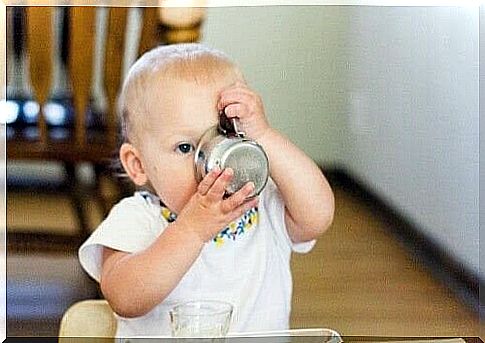
Some tips
Recommended copper
- Copper made with non-toxic materials. Because glass can break, silicone is the best choice. It is a rubber material that is tasteless and odorless, without any harmful substances and it can withstand high heat.
- Choose a cup with attractive colors and patterns to attract your child’s attention and curiosity.
- Choose a cup with a soft nozzle or spout, also made of silicone.
- Find a cup with a drip-free lid (to avoid spillage) and handles to hold on to.
The transition from baby bottle to cup
All children are different. They all develop at their own pace and follow their own path. Their fine motor skills vary from child to child, even if they are the same age.
You do not have to worry about your child having trouble using a cup. Most children can drink on their own when they turn one, but of course this does not apply to everyone.

In the beginning, it is normal for them to spill and get wet, despite the spout. Your child will develop more skill the more he or she exercises, and eventually he or she will be able to drink without spilling a drop.
The glass for “big kids”
At about two years of age, your child should know how to drink from a regular cup, without a beep. This, too, is a gradual transition that you must allow to take its time.
Final recommendations
- Be patient and always respect your child’s development and pace.
- Soak the spout on the cup with some breast milk and give to your baby so that he or she associates the taste and smell with breastfeeding. It helps him or her to dare to drink from the cup.
- Vary what is in the cup. In addition to water, you can try natural fruit juices and even breast milk.
- Carefully inspect the anti-drip protection of the pipe cups. If the child sucks but nothing comes out, it obviously frustrates him or her. Also make sure that the cup has not broken or has small parts that can come loose.
- Let your child imitate you when you drink. The most effective way to learn something new is by imitating.
- Do not use a cup with a lid for too long. When the child can hold the cup himself, he or she can try to drink without a lid.
- Make sure that the cup and lid are always completely clean. Small amounts of liquid can get stuck in joints and nooks and crannies and lead to bacterial growth and mold.




